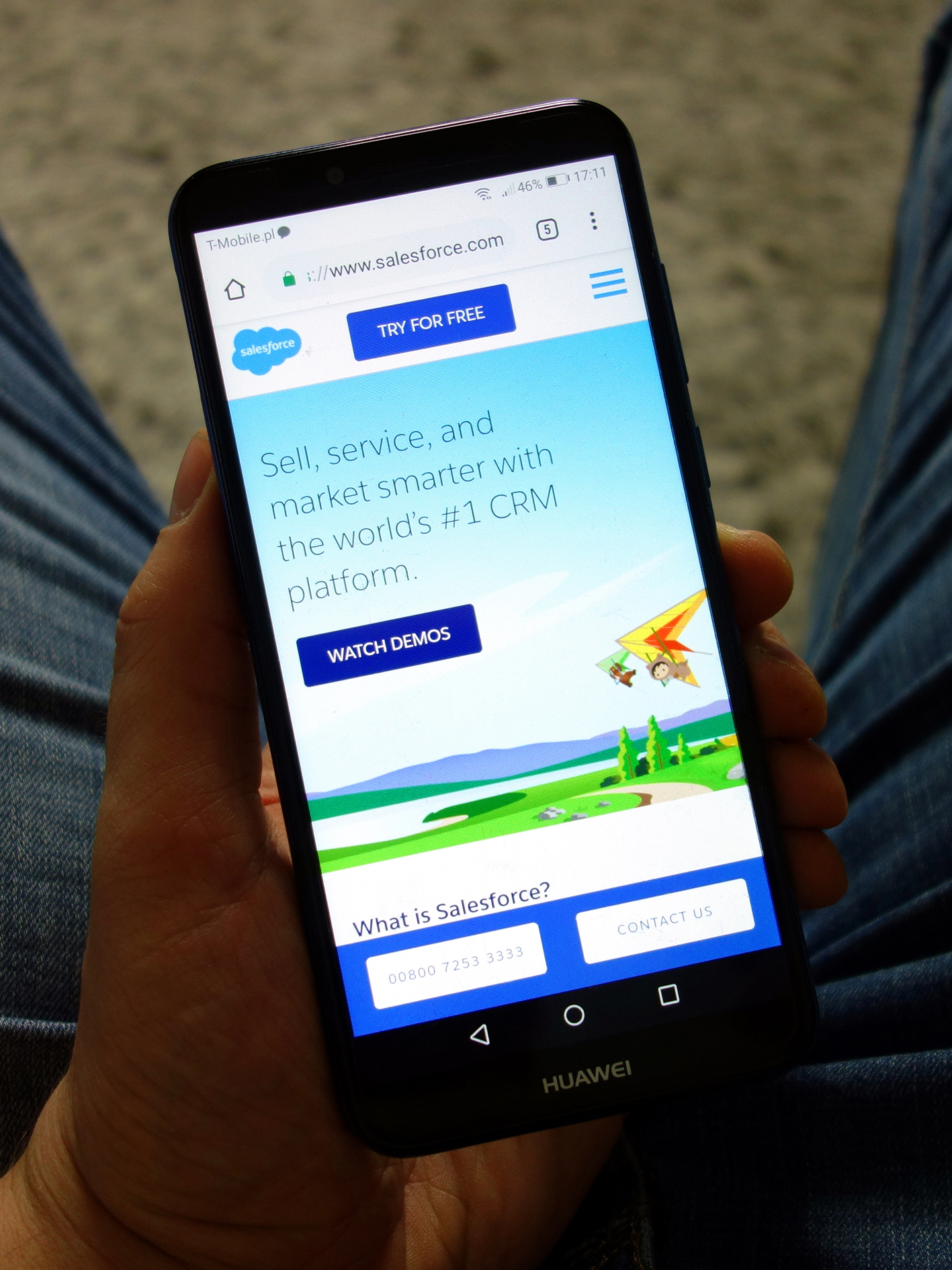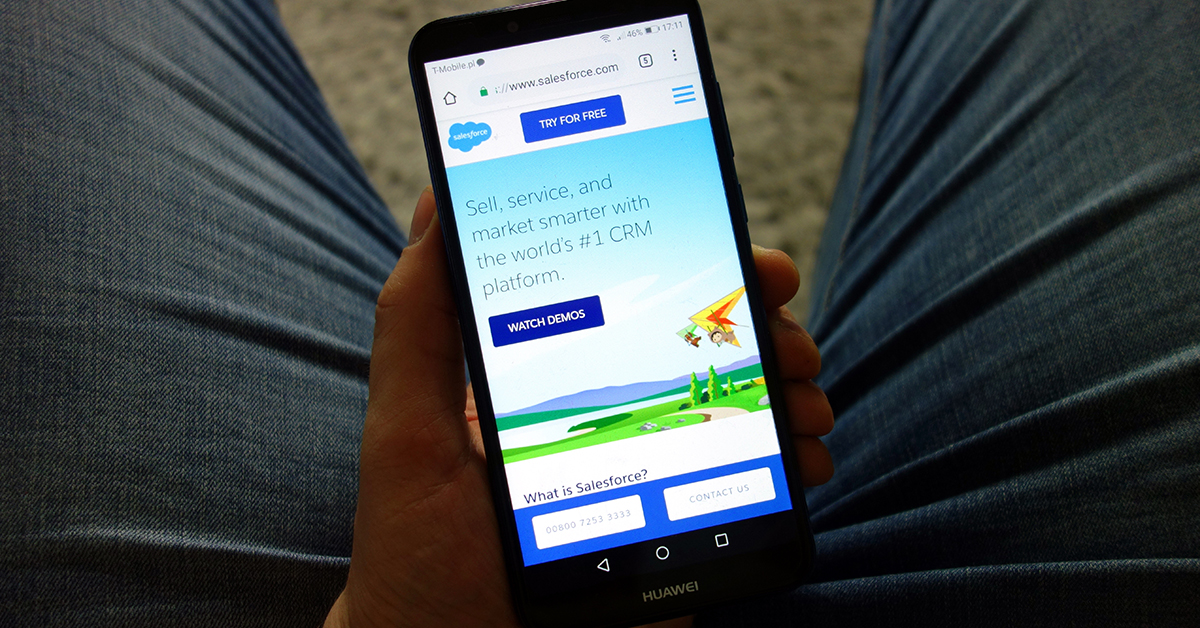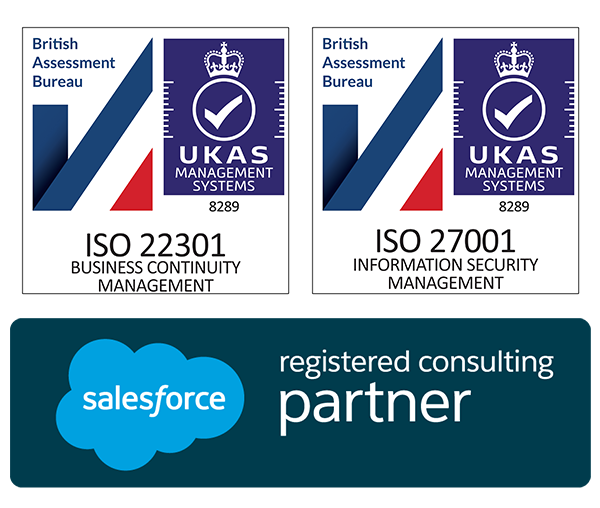
What is Salesforce Used For?

What Is Salesforce Used For?
This is a question we are asked regularly.
Most people understand Salesforce to be a sales tool that is used for managing your pipeline and associated prospect and customer interactions.
This is its heritage.
However, today it is so much more.
Salesforce has evolved to manage all the core points of interaction with your customers and prospective customers. These days it is more like an operating system for your business.
There are really 3 core aspects to Salesforce that align with our own consultancy mantra of ‘Find, Win, Keep’. We will look at each in turn.

Find
Finding prospective customers encompasses the top-of-the-funnel marketing activities that are needed to fuel every business.
Salesforce offers multiple marketing solutions for both B2B (Business to Business) organisations looking to deploy ABM (Account-Based Marketing) programs and B2C (Business to Consumers) organisations delivering targeted marketing campaigns at scale.
The beauty of using a native Salesforce solution for your marketing activities is the ability to build automated customer engagement programs that are tailored to their customer profile, such as demographic, industry, interests or products and services, etc. These campaigns can then be driven by any interaction they have with your business i.e., advertising interactions, customer service cases, completed projects, or jobs.

Win
Once we have found our prospects or generated additional interest in new products or services for existing customers, we need to convert the sale. At this point, the core sales platform comes into place giving you the ability to track all interactions with a customer or prospect at every stage of the sales process.
Salesforce offers the ability to associate products and services with an opportunity that builds a picture of its value and schedules the revenue accordingly. Salesforce will give your sales team the ability to automatically generate quotes, whilst also offering a broad range of integrations for digital signature, invoicing, plus much more.
The recent acquisition of Slack means that Salesforce also now has the capability to make sure sales updates are posted to channels, helping to bring down existing silos within companies and greatly improving communication.
With the sales process being managed within Salesforce, we can report on any aspect of a sale and provide detailed insights into buyer behaviors, together with sales/account team performance. This can all be achieved using Salesforce reports, or more extensive business insights can be generated using Tableau analytics.
For partners, third parties, or freelancers that are required to be involved in the sales process, that’s possible too. Taking this one step further, if we then needed to provide them with their own portal to view and manage their co-sell, this can be done too.
Once that sale is generated, we can automatically create ‘Contracts’, ‘Campaigns’, ‘Work Orders’, and whatever else needs to be generated to track the completion of that job. Furthermore, we can utilise time management integrations available on the AppExchange to ensure that the profitability of the job can be measured as well.

Keep
Customer expectations of the service they receive today have never been higher. This means each interaction and/or touchpoint need to be understood and tracked to provide and maintain a level of service that meets, or even exceeds, their expectations. Salesforce offers the ability to manage customer service interactions which are tracked as ‘Cases’ against their records. The teams responding to an incoming enquiry have a multitude of support at their fingertips to provide the customer with the right answer, and quickly. Customers can raise queries through multiple digital channels, and we can build portals for them to manage their interaction with the organisation.
Sometimes, customer support cases may need us to create additional opportunities for sales or work orders to get a job completed for them. All of this can happen quickly and easily in Salesforce with the use of assignment or escalation rules, ensuring that the individual (or support team) with the best skills can support the customer with their request efficiently.
Keeping customers also requires us to continuously keep them informed of the service they are receiving, any necessary updates, or changes to the products or services they receive – all of which can be achieved using the insights-driven marketing that we looked at earlier.
Conclusion
Across each of these 3 key areas, we can build custom objects, fields, and processes to store data in the best way possible for your business that also aligns to the needs of your industry.
If you are looking for a solution to track every interaction with your customers that will provide you with the best chance of finding, winning, and keeping your customers then Salesforce can help.
We hope you enjoyed this article and found the information to be beneficial. If you would like to read more of our articles, then please click here.




